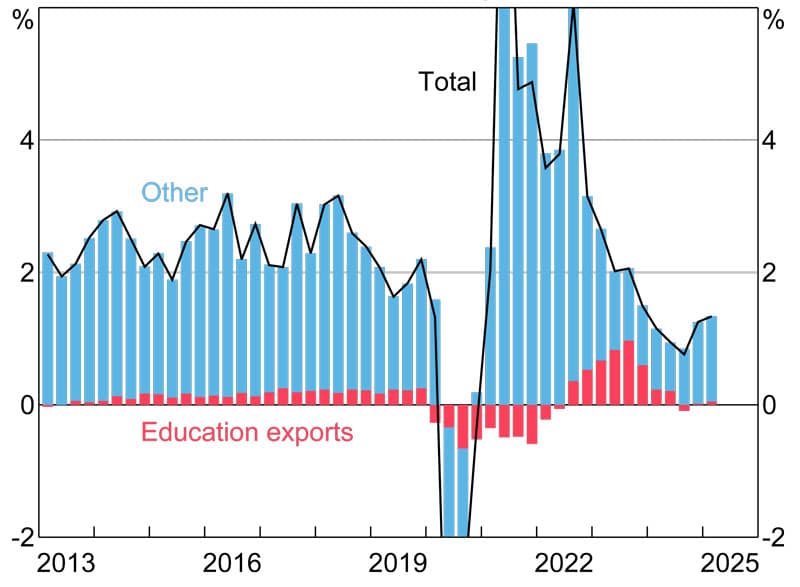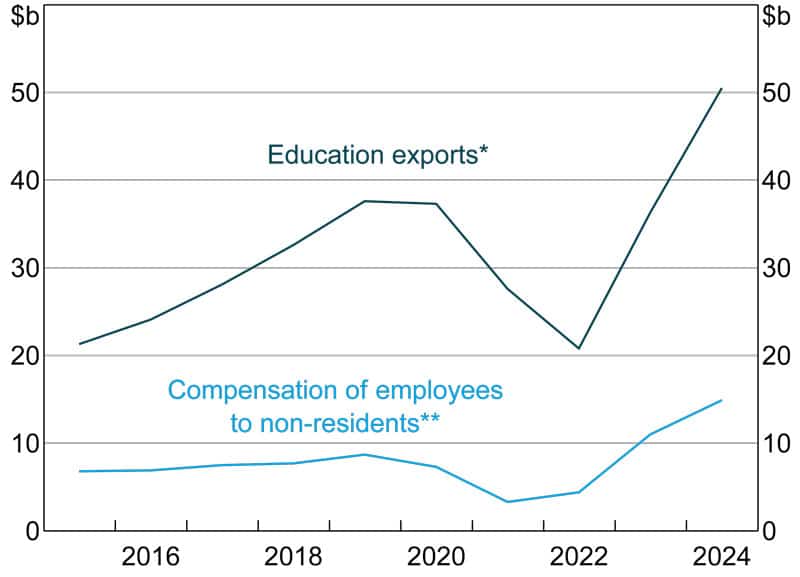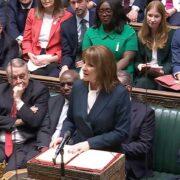Australia’s central bank highlights importance of international students to national economy
- A special bulletin from the Reserve Bank of Australia provides a detailed analysis of how international students interact with and impact the Australian economy
- The bank observes a strong linkage between international enrolment in Australia and overall GDP growth
- It also highlights the important contributions of visiting students to local labour markets, and concludes that growth in foreign enrolment has only a marginal impact on housing costs or general inflationary trends
The Reserve Bank of Australia, the country's central bank, has released a special bulletin on the economic impact of international students in the country. It highlights that, "Education exports are currently Australia’s fourth largest category of export, at approximately AUD$50 billion in 2023/24. International students have been an important driver of net overseas migration and GDP growth in recent years." The latter point is reinforced in the following graph from the bank, which highlights that revenues from the sector accounted for roughly half of GDP growth during a time the Australian economy was otherwise cooling over 2022 and 2023.

Other notable findings from the analysis include the following.
International students spend more than they earn in Australia. We see that broad relationships reflected in the further chart below. The banks notes as well that, once tuition fees are factored out, international student spending is comparable to that of permanent residents.

International students make an important contribution to local labour markets. Foreign students in Australia make up a relatively small share of the total labour force (2-3% prior to the onset of COVID-19), they nevertheless represent the second-largest group of temporary work rights holders in Australia (after only New Zealand citizens). This makes visiting students, the bank observes, "a large source of potential labour supply for the Australian economy." The bank's analysis continues, "In the years immediately following the pandemic, the contribution of international students to labour supply has risen, reflecting both a rise in their participation rates and a lift in the limit on how many hours they can work (from 40 hours to 48 hours per fortnight). In 2024, we estimate that the average international student worked around three-quarters of the hours of an average member of the working age population, and around the same hours as an average member of the total resident population."
International students have had only a marginal effect on the cost of housing in Australia. "International students are more likely to rent than Australian residents," notes the bank. "Nonetheless, the rise in international student numbers is likely to have accounted for only a small share of the rise in rents since the onset of the pandemic, with much of the rise in advertised rents occurring before borders were reopened."
International students have had little impact in terms of price inflation in Australia. The bank explains that, "[The] rapid growth in the international student stock post-pandemic likely contributed to some of the upward pressure on inflation from 2022 to early 2023, especially as arriving students frontloaded their spending as they set up in Australia and took time to join the labour market. However, the increase in international students was just one of many other forces at play in this time that drove demand above supply in the economy, and hence higher inflation. For instance, supply-side factors were the biggest driver of the increase in inflation in 2022 and 2023 while strong domestic demand arising from supportive fiscal and monetary policy also played an important role."
For additional background, please see:
















